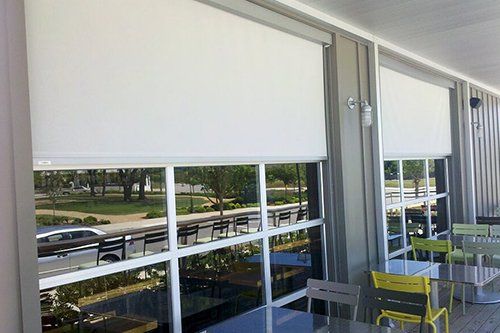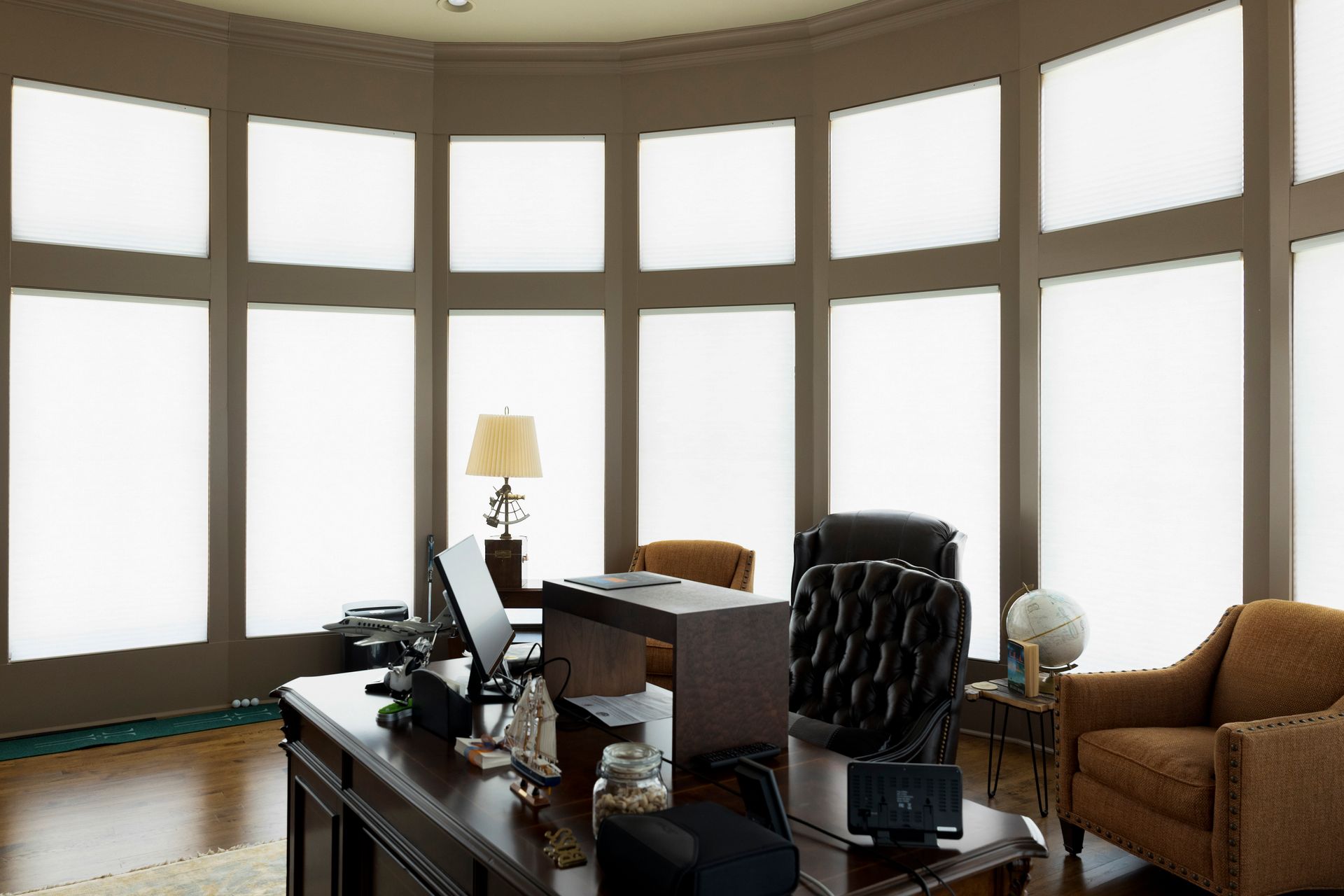October is the Consumer Product Safety Commission’s (CPSC) Window Covering Safety Month. Just Blinds, Inc. joins with the CPSC and the The Window Covering Safety Council ( WCSC ) to help protect children from the dangers of window treatment cording. Considered a common hidden home hazard, this threat to children is found on older window treatments; treatments which are still on the market today. These deadly features include:
- Accessible cords: Visible and reachable; these cords are usually on the outside of the window treatment.
- Hidden cords: Although this cording is not immediately visible, children can access and become entangled.
- Cords that form dangerous loops which can entangle children.
According to the CPSC, window treatment cords are a strangulation hazard for children. Even if the cords are not visible they can still be accessible to children. And it’s not just little children. Children up to the age of 9 years have been involved in incidents with window treatment cords. These typically silent incidents result in injuries that range from permanent, irreparable damage to strangulation death.
It is estimated that one child dies every month from strangulation due to a corded window treatment!
The American National Standard for Safety of Corded Window Covering Products (ANSI/WCMA A.100.1) provides requirements to remedy strangulation hazards for corded window treatments. It is believed that 82% of incidents with corded window treatments occurred because of older window treatment products that did not conform to this voluntary standard. Complying with the standard is no guarantee of safety: Children are at risk if any corded window treatments are tied up or become entangled.
In an ongoing effort to protect children from these hazards, the CPSC has recalled millions of corded window treatments and advises parents and people with children in the home to:
- Ditch the cords. Choose the updated and child-safe option to buy cordless window treatments.
- Prevent access. if your window treatments have cords, keep them away from children at all times.
- Prevent climbing to danger. Be sure cribs, beds, furniture are not near windows so children cannot climb up to reach cording.
- Shorten the risk. Be sure pull cords are as short as possible to prevent child access.
- Anchor your loops. Continuous loop treatments e.g. roller shades, draperies, and vertical blinds must be pulled tight and anchored to the floor to prevent entanglement.
- Use cord stops : When properly attached, these are devices that attach to your inner cords to prevent formation of dangerous looping.
- Consider retrofit. It is highly recommended that parents and caregivers replace older window treatments with cordless options. If you are unable to replace the hazardous corded treatments, the The Window Covering Safety Council (WCSC) offers free retrofit kits.
Some window treatment companies monitor themselves and voluntarily produce certified, child safe products!
The WCSC recently launched its “Best For Kids” certification program. Best For Kids makes it easier for consumers to choose child-safe window coverings. Proactively initiated by the window covering industry, the program has the industry’s first third-party laboratory testing component. In order for any product to be certified as “Best For Kids”, the product must pass third-party laboratory safety testing. Products certified as Best For Kids will have either:
- no operating cords.
- inaccessible inner cords.
- accessible inner cords are designed to not form a hazardous loop.
Beware! Older, unsafe products are still on the market!
The Best For Kids program is open to all US window covering manufacturers but participation is voluntary. When you replace the dangerous, corded window treatments, be sure to look for the Best For Kids logo to ensure the product you are purchasing is tested and certified safe.
Corded window treatments are considered one of the top 5 hidden household hazards for children.
Why risk it? It’s time to update your window treatments with newer, safer products. For Just Blinds, Inc., every month is child safety month! Let us help you make your window treatments child safe. We offer free in-home consultation, expert measuring, and installation. Contact us to learn about our child safe window treatment products today.
Expert Advice by Just Blinds


